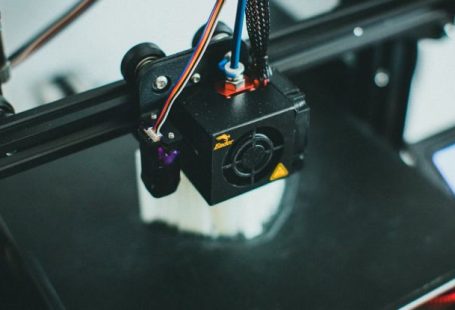Embarking on the journey of building your first micro PC can be an exciting and rewarding experience. Whether you are looking to create a compact and powerful workstation or a versatile media center, building a micro PC allows you to customize your system according to your specific needs and preferences. In this step-by-step guide, we will walk you through the process of building your first micro PC from start to finish.
Planning Your Build
Before diving into the actual assembly process, it is crucial to plan your build carefully. Start by defining the purpose of your micro PC and determining the components you will need to achieve your desired performance. Consider factors such as the processor, motherboard, RAM, storage, and graphics card based on your intended use.
Selecting the Right Components
When selecting components for your micro PC, it is essential to choose items that are compatible with each other and fit within the constraints of a compact form factor. Opt for a mini-ITX motherboard to ensure a smaller footprint and select a low-profile CPU cooler to accommodate the limited space inside a micro PC case. Additionally, choose a compact power supply unit (PSU) that can deliver sufficient power to all your components.
Assembling Your Micro PC
1. Prepare Your Workspace
Before you begin assembling your micro PC, make sure to clear a well-lit and static-free workspace. Gather all the necessary tools, components, and manuals to have everything within reach during the build process.
2. Install the CPU and Cooler
Start by installing the CPU onto the motherboard following the manufacturer’s instructions. Apply a small amount of thermal paste and secure the CPU cooler in place. Ensure that the cooler is firmly attached to prevent overheating.
3. Install RAM and Storage
Insert the RAM modules into the designated slots on the motherboard, making sure they are fully seated. Next, install your storage devices, such as SSDs or HDDs, into the appropriate drive bays or M.2 slots on the motherboard.
4. Mount the Motherboard
Carefully place the motherboard into the micro PC case, aligning it with the standoffs. Secure the motherboard in place using the provided screws to prevent any movement or flexing.
5. Install the PSU and Graphics Card
Mount the PSU in the designated area of the case and connect the necessary power cables to the motherboard and components. If you are using a dedicated graphics card, install it into the PCI-E slot on the motherboard and secure it with screws.
6. Cable Management
Take the time to neatly route and secure the cables inside the micro PC case to improve airflow and aesthetics. Use cable ties or Velcro straps to bundle cables together and prevent them from obstructing components or fans.
Powering Up Your Micro PC
Once you have completed the assembly process, it is time to power up your micro PC for the first time. Connect the power cable and peripherals, such as a monitor, keyboard, and mouse, and press the power button to boot up your system. Enter the BIOS to configure settings and ensure that all components are detected and functioning correctly.
Customizing and Fine-tuning Your Micro PC
With your micro PC up and running, you can now customize and fine-tune your system to suit your preferences. Install the necessary operating system, drivers, and software to optimize performance and functionality. Consider overclocking your CPU or GPU for increased performance, but do so cautiously to avoid overheating and stability issues.
Enjoying Your Micro PC Build
Building your first micro PC is a rewarding experience that allows you to create a custom system tailored to your needs. By following this step-by-step guide, you can navigate the assembly process with ease and confidence, resulting in a compact and powerful micro PC that meets your computing requirements. Embrace the journey of building and customizing your micro PC, and enjoy the fruits of your labor as you explore the endless possibilities of your new system.




